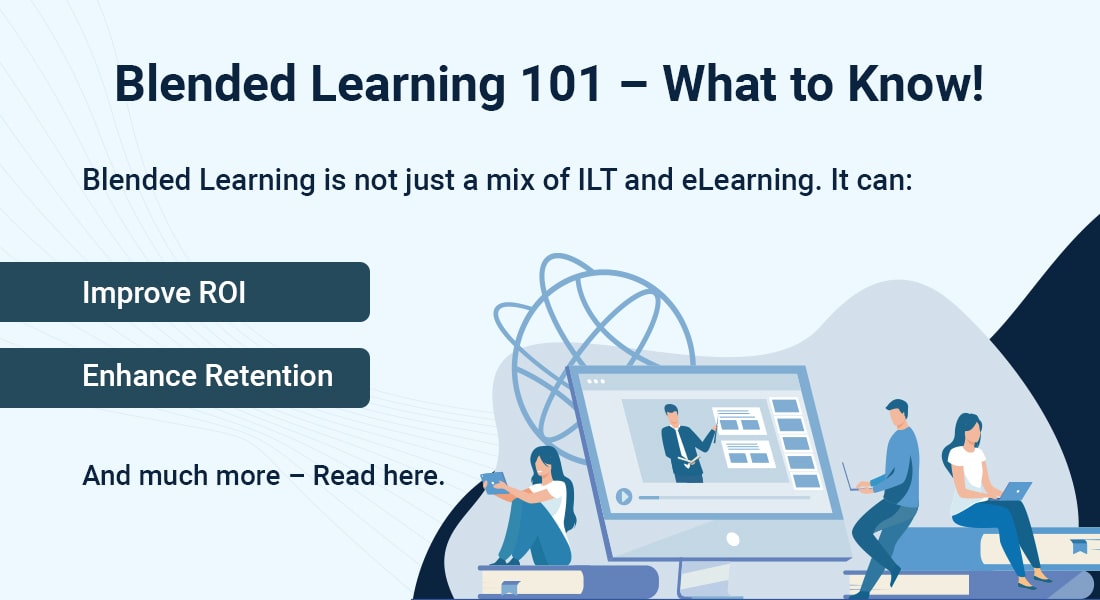And That’s Why We Need User-Acceptance Testing in E-learning

On a fine Sunday morning, my 7-year old niece and her little brother came up to me with a plan to go shopping – for chocolate cake. Feeling adventurous and with time on my hands, I decided to bake a cake and surprise them rather than getting something from our local deli. I baked my favorite – a crumbly Chocolate Cake with Espresso Glaze, adding dollops of my love. Finally, the moment of reckoning – I set out the cake and called my charges to view my labor of love. I was anticipating their joyful squeals, sticky kisses, and chants of ‘our awesome aunt.’ So you can imagine my consternation when I saw their faces crumble at the sight of my cake. Turns out they were expecting a sweet, moist Chocolate-Hazelnut Cake with lots of cream. I ultimately had to take them to the deli and dish out my cake, albeit forcefully, to the adults in the family.
This incident set me thinking about my work. As an instructional designer, I constantly develop online courses for learners. I come up with the best strategy based on the content and the resources and restrictions at hand. How do learners view the final course? An e-learning course is meant to bring about positive changes in the performance of learners – its actual recipients. So do our courses meet the learners’ needs? Do they convey what learners actually need to learn, in a way that best appeals to them?
The Need for User-Acceptance Testing
Who is best qualified to provide feedback on an e-learning course and tell whether it meets the requirements or not? Well, it is the learners themselves. Stakeholders, training managers, subject matter experts, and course developers are all involved in developing a course, but it is meant for the learners and hence, the course should cater to their needs. Thus, they are the people best suited to validate the course.
For example, as a developer, you might think a Slideshow would be a good option to teach a process, but the learners might be expecting a video. Similarly, you might prefer using a ‘Click-on-Tab’ interactivity to present the advantages of a product, but the learners might want to view it as an infographic, which is visually appealing and aids retention.
This brings us to the concept of User-Acceptance Testing or UAT. In a broad sense, UAT is validating that the product serves the end users’ needs – this validation is provided by the end users themselves.

According to Techopedia, User-Acceptance Testing is the last phase of the software-testing process. During UAT, software users test the software to make sure it can handle the required tasks in real-world scenarios, according to specifications.
User-Acceptance Testing in E-learning
In the context of e-learning, UAT serves the same purpose as in software testing.
A select group of learners are singled out and assigned the course to validate it for its content presentation and learner-friendliness – both in the context of facilitating learning and functional behavior. These learners go through the course in a detailed manner and check whether it serves their needs. They identify issues to be addressed, if any. Their response determines whether the course is ready to be rolled out to the entire group of learners or whether it still needs re-work/edits?
Now, we come to the question of how this group is selected and what its ideal composition is. While there are no hard and fast rules or standards for this, it is a good practice to include representatives of different age groups and experience levels from the learners group.
What Will User-Acceptance Testing Achieve?
User-Acceptance Testing of an e-learning course will ensure the course meets learners’ expectations. It will ensure that the course:
- Covers all the topics learners need
- Presents each learning point in an appropriate, easy-to-understand format
- Has no functional errors

It also helps learners point out flaws in the course structure or presentation that can be rectified before rolling out the course to a larger audience.
What’s in it for the Group?
What are the dividends for the group who undertake the UAT? They need to go through the course which may still need work and not just complete it but analyze, critique, and appraise it? What will motivate them to set aside time from their regular work and do this?

For the people who are granted access to the course and asked to appraise it, the – foremost advantage would be the reputation they gain. They also gain hugely in terms of credibility and a figure of authority. They have the satisfaction of knowing their inputs have provided that extra impetus and made the course better than what it was. And of course, they are exempted from taking the course again along with the entire learner group.
What’s in it for the Instructional Designer?
Finally, what do instructional designers gain from the entire exercise? There are 2 issues to be considered here. First, do not think it is a futile exercise since you are not involved. Second, do not view it as an assessment of your work; do not get bogged down by the feedback.
Different people have different perspectives of looking at things and a UAT provides the learners’ perspective of the e-learning course. Incorporating them will make the course a better learning medium for the learners and facilitate learning in the best way. The course will thus turn out to be a memorable learning experience for everyone involved. You may want to refer this blog that gives you an idea on how to do user acceptance testing in e-learning.
So the next time you develop an e-learning course, roll it out to a small group of learners and take actions based on their reactions and responses.





